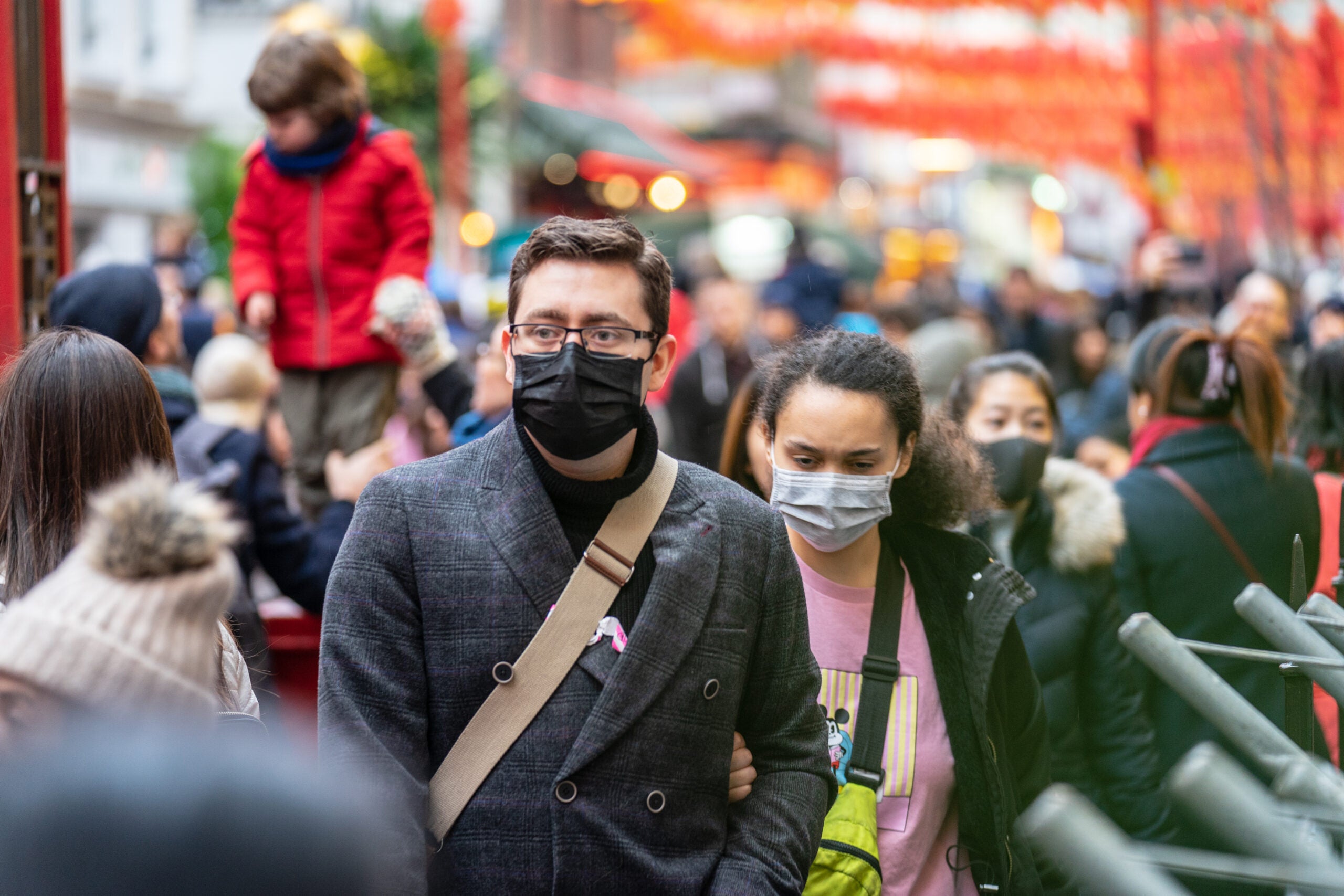Every single day, people take risks. They drive in cars and fly in airplanes, expose themselves to environmental pollution and so much more. While some of these public health risks are so integrated into our lives that we’ve stopped worrying about them, other risks—such as engaging in activities that increase your likelihood of contracting COVID-19—can be much harder to ignore right now.
Since the onset of the COVID-19 pandemic, considerable attention has focused on how to stop the spread of the disease. This has led to a public divided over whether to follow the recommended guidelines, like wearing a mask or getting a COVID-19 vaccine. Much debate has also ensued over what those guidelines should be and how they should be enforced.
The Value of Risk Analysis
That’s where clinicians, government officials, scientists, public health experts, and the media can play a critical role. According to James K. Hammitt, program director of the Harvard T.H. Chan School of Public Health’s Environmental Health Risk: Analysis and Applications, these parties can help in guiding the conversation and developing best practices and policies that offer the best protection to the public.
In order to effectively address the situation, he suggests people making such public health decisions look to a risk analysis framework to measure the level of threat and to determine how best to respond and communicate the risk to others.
Specifically, you can use this framework to compare the cost of actions like masking with the extent of how that might reduce transmission and save lives. When you weigh these two factors against each other, you can determine if the cost of the action is worth the benefit—in this case, reducing the number of people getting sick and dying.
Understanding Motivation
It’s also important to understand the motivation people have for taking the recommended action, such as getting a vaccine or masking, so you can connect with them from the right perspective.
“For instance, people may care only about the process of getting a vaccine and not the consequences. Or they may care about the consequences—either for themselves or for others,” Hammitt explains. With vaccines, they protect the person who is vaccinated. “People who are vaccinated are less likely to contract COVID-19, and if they do become infected, they are less likely to become very ill or die. With masks on the other hand, it seems clear that they do a lot to help the wearer not infect other people,” he adds.
Yet, he acknowledges that it can be quite challenging to accurately assess risk in the moment. That’s where the science can be a valuable element in any risk assessment equation, where past experiences can help us predict what is coming next.
Measuring Risk and Benefit
“Early on in the pandemic, many people wondered if we were over-reacting to concerns about COVID-19,” Hammitt says. “Initially, there was a report from Imperial College London predicting that there could be more than two million deaths in the United States if we didn’t take steps to avoid this.”. That report was one of several factors that ultimately led the U.S. to implement a variety of lockdowns and social distancing measures.
Now, more than 18 months into the pandemic, the number of deaths total about one-third of the Imperial College London’s prediction. “This leads me to believe we did the right thing. There is no way to know, had we not taken action early in the pandemic, if things would have been much worse and would have reached two million or even more,” Hammitt says.
Yet in September of 2021, COVID-19 was the second leading cause of death in the U.S., according to the Peterson-KFF Health System Tracker. To put this into perspective, he points out that there were fewer than 40,000 deaths caused by car accidents last year, while there have been more than 350,000 COVID deaths so far in 2021. This means that while the current efforts may have significantly reduced the number of deaths, much more work needs to be done.
“We need to recognize that we are not going to get out of this pandemic until the world is protected in some way,” Hammitt stresses. “Until then, the disease will keep mutating and threatening our health.”
Source:
Hammitt, James K, program director, Harvard T.H. Chan School of Public Health’s Environmental Health Risk: Analysis and Applications, Phone interview October 2021.
https://www.hsph.harvard.edu/james-hammitt/
Hammitt, James K, program director, Harvard T.H. Chan School of Public Health’s Environmental Health Risk: Analysis and Applications
